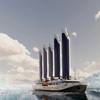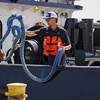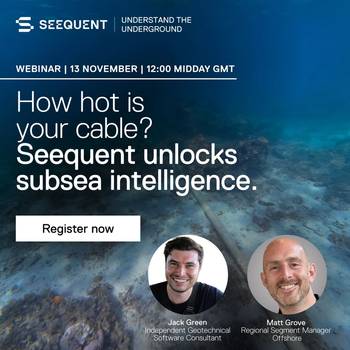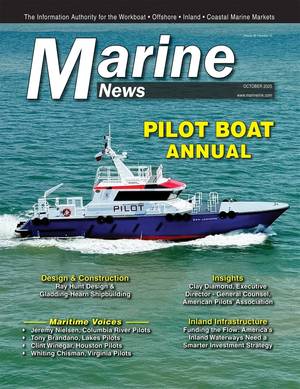Navy Forms New Team for Acquisition and Modernization
Under the new model, mirrored after the successful Team Subs approach, the Program Executive Office, Ships, will continue to manage the development, acquisition and fleet introduction of new ship classes, and a new NAVSEA code, SEA 21, will mange the complete life-cycle support for all non-nuclear surface ships and be the principle interface with the Surface Warfare Enterprise. Team Ships officially stood up June 22.
Rear Adm. Charles Goddard, Program Executive Officer, Ships, will continue to oversee the major surface ship acquisition programs for the Navy. Ships such as the Zumwalt-class (DDG 1000) destroyer, the Freedom-class (LCS 1) Littoral Combat Ship, new large-deck amphibious ships (LHA 6) and a new class of cruisers (CG(X)) will be joining ships that have already been proving themselves in the fleet, like the San Antonio-class (LPD 17) amphibious transport dock ships, the Arleigh Burke-class (DDG 51) guided-missile destroyers and Lewis and Clark-class (T-AKE 1) dry cargo/ammunition ships.
“PEO Ships will continue to acquire the ships that will form the bulwark of the 313-ship Navy,” said Goddard. “The ships we are building today will be the backbone of the Fleet for generations to come.”
Taking over Team Ship’s life-cycle support functions is the newly appointed Deputy Commander, Surface Warfare Directorate, Rear Adm. James McManamon. McManamon will be responsible for the maintenance and modernization of non-nuclear surface ships currently operating in the Fleet. Through planned modernization and upgrade programs, the new SEA 21 will equip today’s surface ships with the latest technologies and systems to keep them in the Fleet though their service lives.
Furthermore, McManamon will oversee the ship inactivation process, which in some cases, include transfers or sales to friendly foreign navies, inactivation and or disposal. McManamon will also support the International Fleet Support Office.
“Maintaining and modernizing our current Fleet is critical to executing the CNO’s goal of a 313-ship Navy,” said McManamon. “By realigning these long-term, life-cycle responsibilities, we’re proving to Congress and the American taxpayers that the Navy is committed to maintaining these vital national assets.
(By Program Executive Office Ships)












